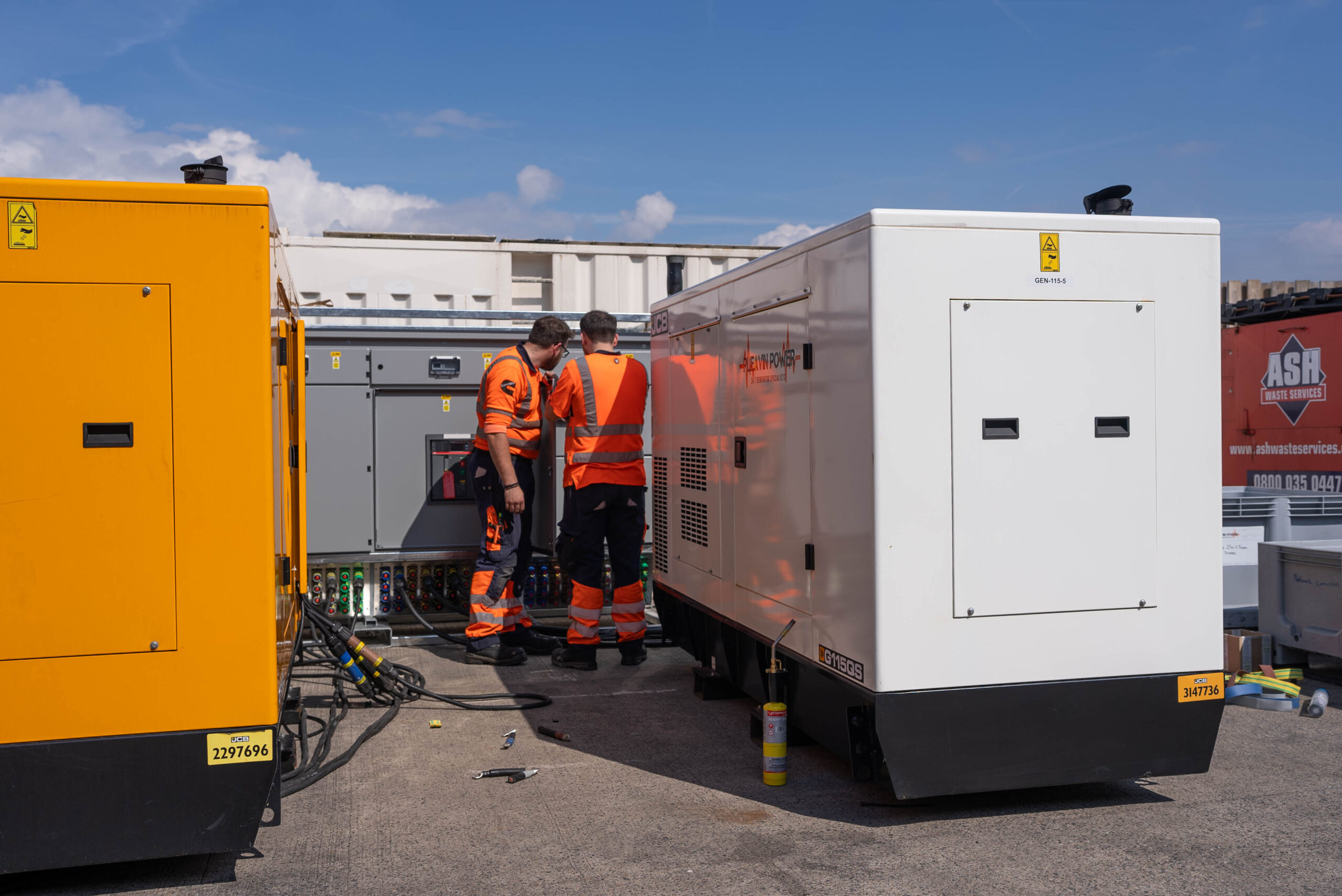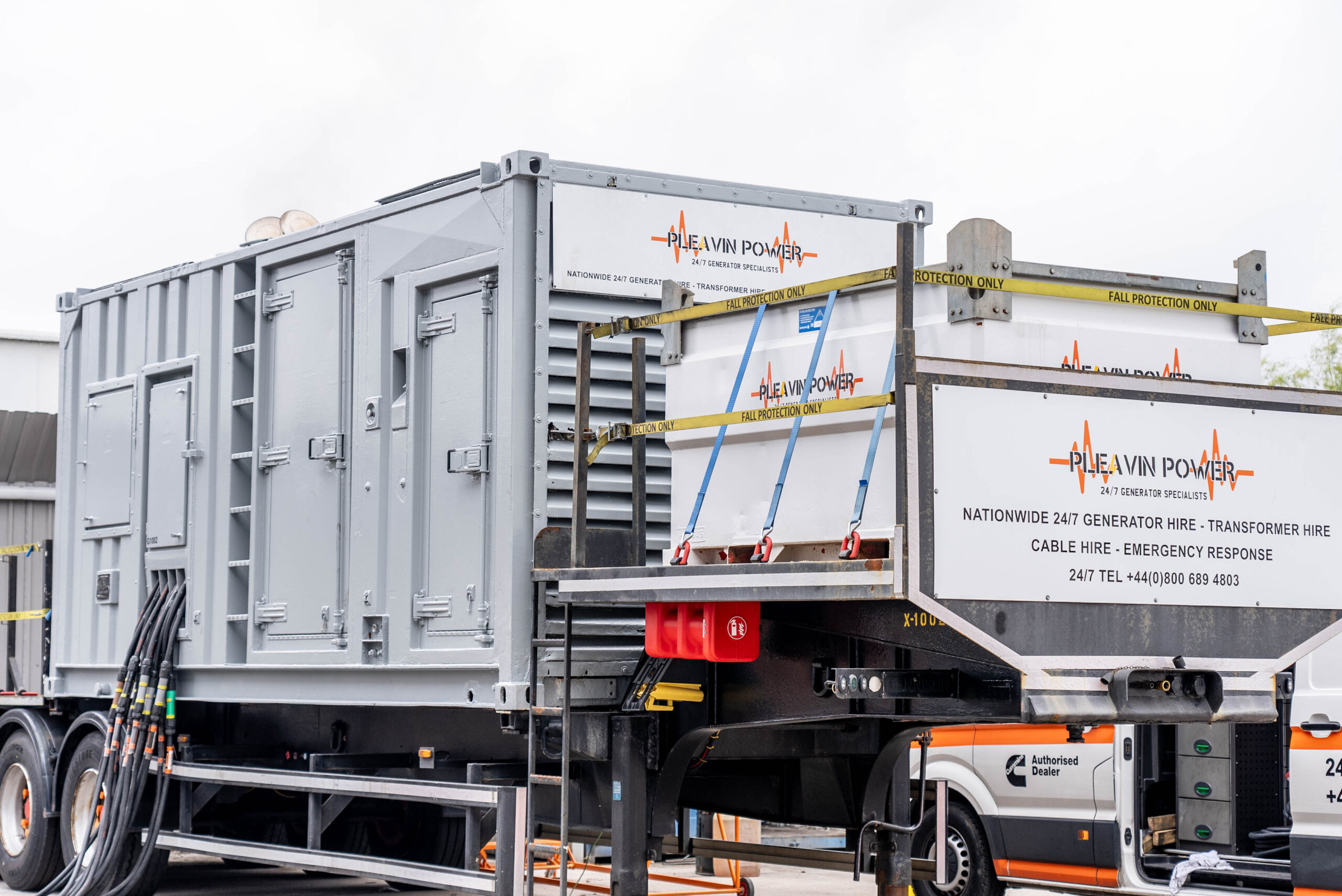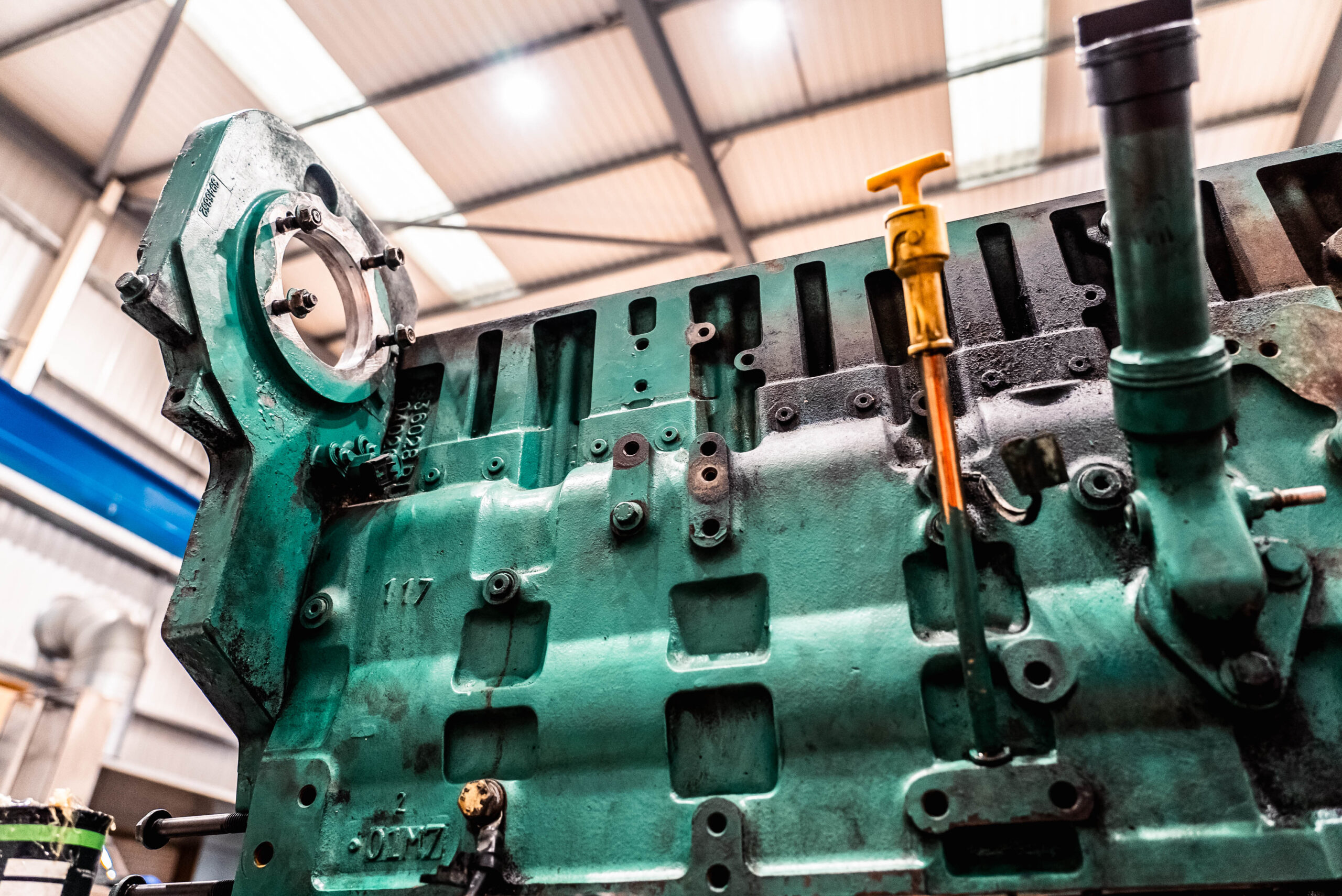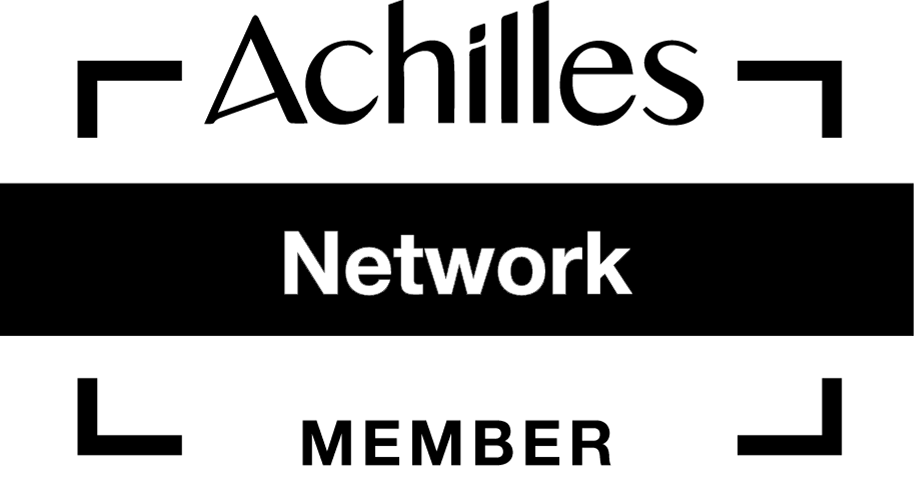Electricity is an integral part of our modern lives, powering everything from our homes and workplaces to our gadgets and appliances. In a world where many areas are prone to power cuts, personal backup power generators are vital to keep everything powered.
Power generators are some of the key devices responsible for producing electrical power. In this blog post, we’ll delve into the inner workings of a generator, exploring how it uses various energy sources to create the electricity we rely on daily.
What is a Generator?
Before we look at how a generator works, let’s define what a generator is. In simple terms, a generator is a device that works on the principle of converting mechanical energy into electrical energy. It plays a crucial role in various sectors, from powering industrial machinery to supplying electricity during power outages or in remote areas.
Generators come in various sizes and types, ranging from small portable units with much smaller fuel tanks that you might use during a camping trip to massive industrial generators capable of supplying power to entire cities. The underlying principles of how generators work remain the same, regardless of their size or application.
The Basics of Generator Operation
The first crucial component of a generator is the prime mover. The prime mover is responsible for providing the mechanical energy that will be converted into electrical energy. This energy can come from various sources.
Generators in many portable and standby applications use internal combustion engines, which run on fuels like gasoline, diesel, or natural gas, to provide mechanical energy. Hydroelectric generators utilise the kinetic energy of flowing water and water pumps to turn a turbine.
Wind turbines capture the kinetic energy of moving air to turn their blades and generate mechanical energy. Gas turbines, commonly used in aviation and power plants, use the combustion of natural gas or other fuels to produce mechanical energy.
The choice of prime mover depends on various factors, including the availability of energy sources and the generator’s intended use.
The prime mover is connected to the rotor, which is the rotating component of the generator. The rotor is situated inside the generator’s housing and is surrounded by a stationary part called the stator. The rotor contains a set of electromagnets or field windings, while the stator has coils of wire.
As the rotor rotates, it generates a constantly changing magnetic field around the stationary stator. This changing magnetic field induces an electromotive force (EMF) or voltage in the wire coils of the stator. This induced voltage causes an electric current to flow within the wire coils of the stator.
The electricity generated in the stator’s wire coils is in the form of alternating current (AC). In AC generators, the voltage alternates in direction, periodically changing from positive to negative. The frequency at which the voltage alternates (measured in hertz) depends on the rotational speed of the generator and the number of poles in the rotor and stator.
Generators usually need to provide a consistent voltage output, which is crucial for the proper functioning of electrical devices. Voltage regulation is achieved through various means, such as automatic voltage regulators (AVRs) or electronic control systems. These mechanisms monitor the generator’s output and adjust the field current to maintain a steady voltage level.
Types of Generators
There are two primary types of generators: AC generators and DC generators, each with its own set of characteristics and applications. It is important that you pay attention to which type of generator you are buying to make sure you are not wasting your money on an incompatible generator.
AC Generators
AC generators, or alternators, produce alternating current. They are the most common type of generators in use today and are typically found in power plants, homes, and businesses.
AC generators are highly efficient and can generate electricity at a wide range of voltages and frequencies, making them suitable for a variety of applications.
DC Generators
DC generators, or dynamos, produce direct current. While they have become less common in recent years, they are still used in some specialised applications.
DC generators are known for their ability to provide a consistent and steady voltage output, making them suitable for applications like battery charging and certain industrial processes.
Standby and Portable Generators
Generators are not limited to large power plants. Standby generators and portable generators serve essential roles in providing backup power in case of electrical outages.
Standby generators are permanently installed at homes or businesses and are set to automatically activate when the main power supply fails. Standby generators are some of the most popular forms of backup power due to their build quality and the versatility of these machines.
Portable generators, on the other hand, are versatile and can be transported to different locations, making them useful for various applications, including camping and construction sites. These are designed to be compact forms of larger generators for much smaller jobs.
Maintenance and Care
To ensure the longevity and reliability of generators, proper maintenance and care are essential. Regular maintenance includes tasks like inspecting and cleaning the generator, changing oil and filters, and testing the automatic transfer switch.
It’s also essential to monitor fuel levels in generators with internal combustion engines and ensure that they are adequately fueled for use during emergencies.
Environmental Considerations
While generators are invaluable for producing electricity, especially in remote areas or during power outages, they are not without environmental impacts.
Generators that run on fossil fuels release carbon emissions and pollutants into the atmosphere, contributing to air pollution and climate change.
To mitigate these effects, there is a growing emphasis on developing cleaner and more sustainable power generation sources, such as solar and wind energy.
Power Generators With Pleavin Power
Generators are remarkable devices that play a critical role in our daily lives. Whether they are used in large-scale power plants or as backup sources during emergencies, generators are fundamental to ensuring a consistent supply of electricity.
By converting mechanical energy into electrical energy through the principles of electromagnetic induction, generators make it possible for us to enjoy the convenience and comfort that electricity provides.
At Pleavin Power, our team is committed to providing people in need all over the UK with high-quality power generators for hire. If you wish to purchase one of these units, you will also have the option.
If you are interested in any of our services or would simply like to speak to an expert about your situation, please do not hesitate to get in touch with us at 0151 832 5007 or email us at service@pleavinpower.co.uk and we will be happy to support you!














